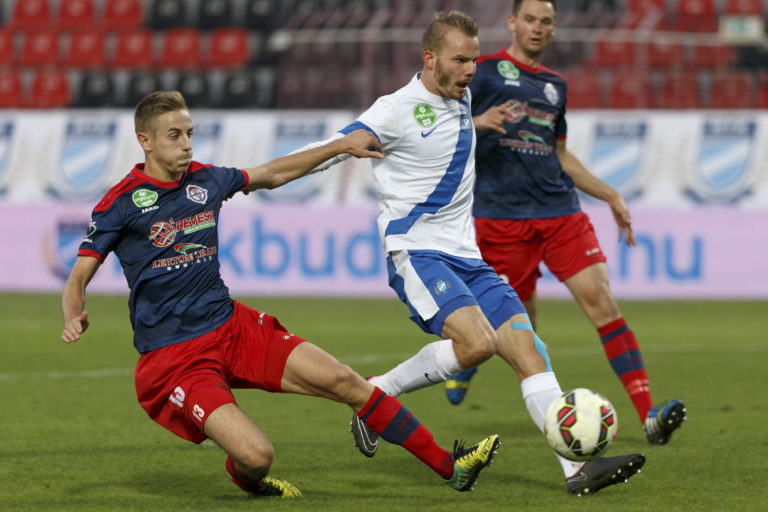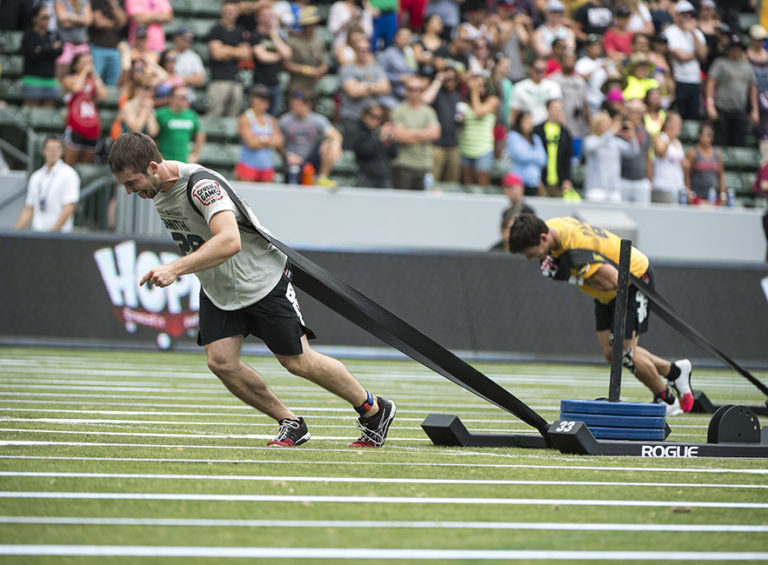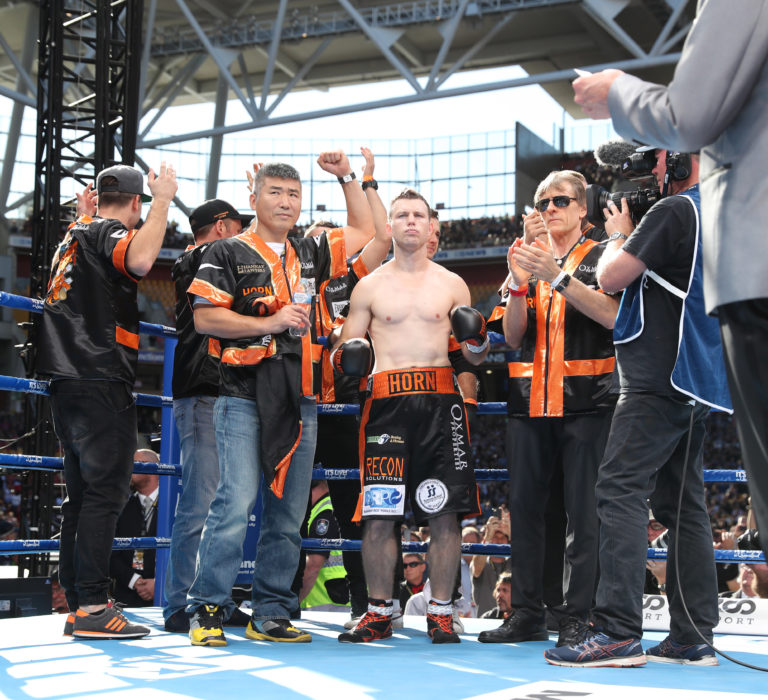Strength and Conditioning Coach:
The Australian Institute of Sport (AIS) definition of Strength and Conditioning is:
‘Strength and Conditioning discipline provides services in the areas of speed, agility, endurance, strength, stability, flexibility, injury prevention, management and rehabilitation for the purposes of enhanced athletic performance during competition’ (AIS,2012).
In this excerpt from the Diploma of Sport, Steve Hooper discusses the role of the strength and conditioning coach, and a typical training week at the Brisbane Broncos.
Roles and Responsibilities of a Strength and Conditioning Coach
Resistance Training
It is the role of the strength and conditioning (S&C) coach to set out the resistance training programs. The S&C coach is also responsible for correct lifting technique and then subsequent supervision to ensure this is employed by the athletes. It is also important to setup the room in a way that allows sufficient room for exercises to be performed safely. It is the responsibility of the S&C coach to split athletes into pairs ideally or small groups for ‘spotting’ of compound exercises (squats, chin-ups, bench press).

Aerobic Conditioning
As with resistance training, it is a requirement of the S&C coach to implement and supervise the training program. It is important to coordinate the program with the other coaching staff to promote the desired adaptations of that period of the year.
Rehabilitation
In rehabilitation, the strength and conditioning coach must communicate effectively and consistently with other members of the rehabilitation team (physicians, sports medicine staff,
physical therapists etc.) so that they are able to develop an effective exercise program that meets the goals and health considerations of the client. The aim of strength and conditioning in rehabilitation is ultimately to return functional strength and power to a level prior to the injury. Encouragement and setting achievable goals are also important factors.
Pre-habilitation
Pre-habilitation is a fundamental part of strength and conditioning coach’s role as it aims to prevent injury before it happens. For example stabilising joints by strengthening surrounding muscles (eg. rotator cuff muscles in the shoulder) will help to prevent these types of injuries. Pre-habilitation is also useful prior to operations (knee replacements and cardiovascular interventions) as they provide better patient outcomes.

Warm up/Warm down
It is the strength and conditioning coach’s responsibility to ensure the client’s safety by properly warming up and warming down. Warming up prepares the body for exercise and reduces the risk of injury. Warming down gradually returns the body from a high exert state to a resting state, returning heart rate and breathing rate back to normal. This helps to with recovery.
Body Composition
Body composition is a useful tool, for the strength and conditioning coach, in determining baseline data and progression of the client throughout the program.
Game/Competition Preparation
The S&C coach needs to work towards preparing the client to a state of optimal performance readiness, both mental and physical, prior to competition. Strength and conditioning is particularly important pre-competition as it strengthens muscles to reduce injury and conditions the body to recover quickly from high intensity exercise. The strength and conditioning coach must also coordinate with other coaching staff to achieve the best outcome for the client prior to the competition.

Recovery
The S&C coach is also responsible for the Recovery protocols. Recovery strategies have been scientifically proven to reduce the amount of time between sessions therefore increasing rates and levels of super-compensation and allowing the athlete to train harder and gain greater benefits in subsequent sessions
Modern Developments in Professional Strength and Conditioning
The trend is to employ more specialist staff as the role becomes more scientific. Traditional strength and conditioning positions are often changing to ‘Performance Directors’ positions (P.D.) P.D’s now oversee all areas associated with performance of clubs/organizations. They will also quite often oversee the medical department, with doctors, physios, dietitians, masseuses, dentists etc. under their umbrella care.
In big professional organisations, often the actual strength and conditioning jobs are separated, so that there is a full time/part time positions as a strength coach and as a conditioning coach.
As well as these positions there can be any number of the following in a full or part time position. In some situations all of the following will come under the umbrella of the P.Ds. In other situations the P.D. may only account for some of the roles.
- Strength Coach
- Conditioning Coach
- Rehab Coach
- Sports Physiologist
- Wrestling coach (if applicable)
- Strapper/Sports Medicine specialist
- Sports Science support (University based)
- Assistant strength and conditioning staff
- Medical
- Doctor
- Consulting orthopedic specialist
- Dietitian
- Physiotherapist
- Masseur
- Dentist
- Sports psychologist

Learn from industry experts in Fit Education’s Diploma of Sport, and Diploma of Sport Development. The Diploma of Sport covers:
- Ethics of Sport
- Sport Coaching
- Sport Development
- Sport Leadership
- Strength and Conditioning
If you found this article interesting you may also enjoy reading Strategies for Success in Strength and Conditioning, or Sport Coaching – Employment Statistics.
